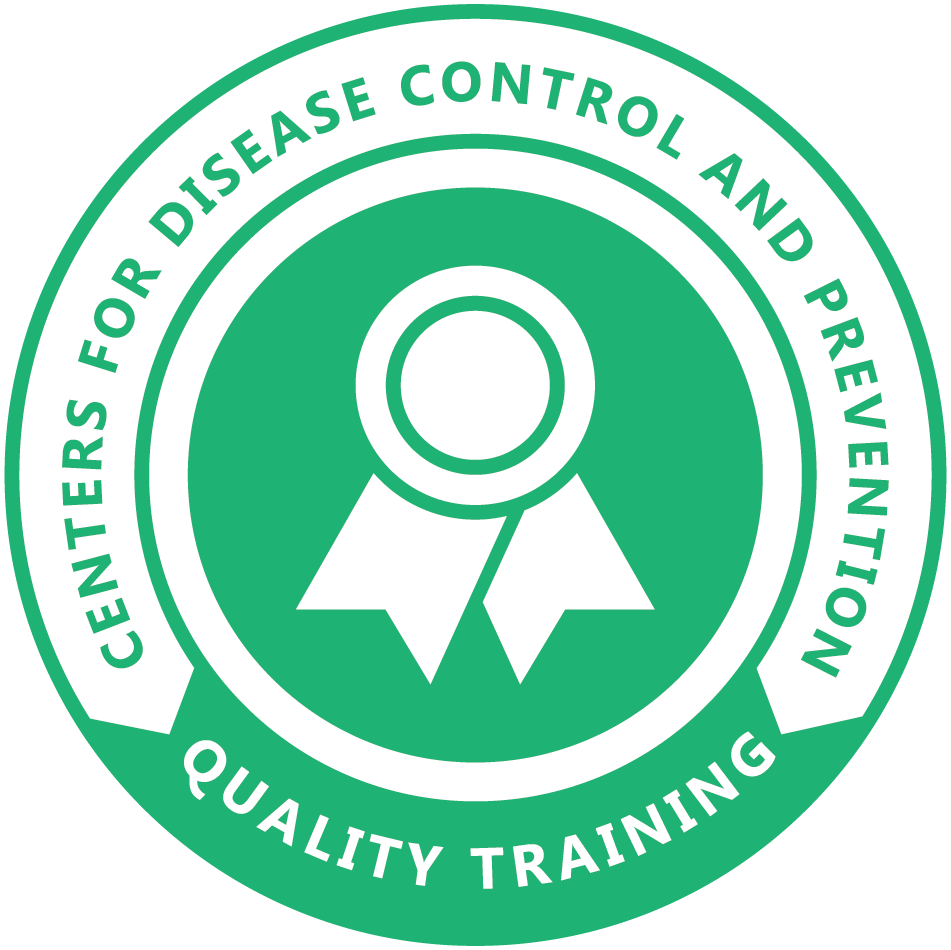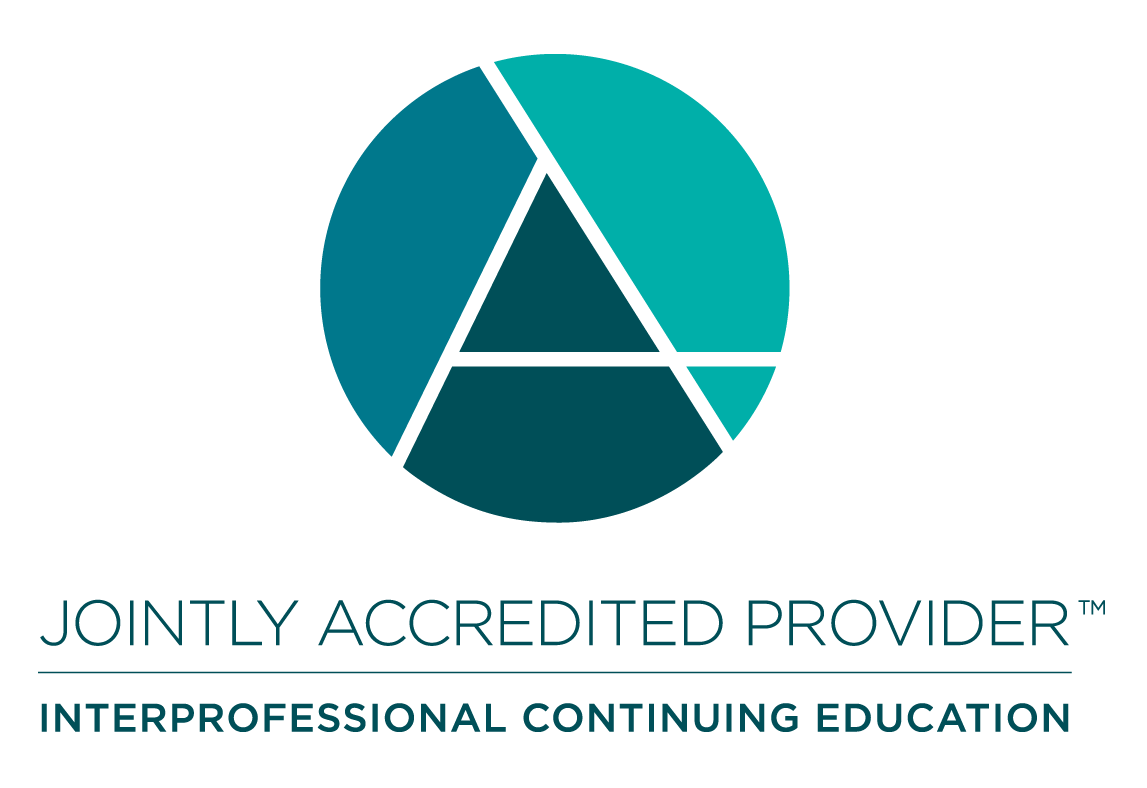Online, On-Demand
Class description
 Course Overview:
Course Overview:
Occupational Diseases Online Course: Compressive Neuropathies
The goal of this activity is to train regional primary healthcare providers on carpal tunnel syndrome (CTS) and other compressive neuropathies, including occupational and non-occupational risk factors. The course will cover best practices for the diagnosis, treatment and clinical management of CTS, and it will introduce prevention strategies using the industrial hygiene hierarchy of controls.
This mixed-media online course offers a comprehensive overview of occupationally-related Compressive Neuropathy: Carpal Tunnel Syndrome. The unit combines short videos with interactive content, and will take approximately 1.75 hours to complete. The content is based on public health scenarios and clinical cases, with additional optional resources included to aid in your practice.
Course Flyer is available here.
Accredited continuing education for physicians, nurses, other healthcare and public health professionals will be available upon course completion.
On-demand online module available NOW through 5/1/24.
Featured instructors

June Spector, MD, MPH, Assistant Professor
Departments of Environmental & Occupational Health Sciences, and Medicine
University of Washington

Esi W. Nkyekyer, MD, MPH, Acting Assistant Professor
Medical Director of OEM Clinical Programs
Departments of Environmental & Occupational Health Sciences, and Medicine
University of Washington

Nancy J. Simcox, MS, Assistant Teaching Professor and Director,
Department of Environmental & Occupational Health Sciences
Continuing Education Programs
University of Washington

Eric Kraus, MD, Associate Professor of Neurology
Department of Neurology
University of Washington
Learning Objectives
At the conclusion of the session, the participant should be able to:
- Discuss the difference in prevalence of CTS in general and working populations.
- Name four examples of occupational and non-occupational risk factors for CTS.
- Describe at least two pathological changes that can lead to increased carpal tunnel pressure.
- Describe two ways in which nerve conduction studies can be used to make a diagnosis of neuropathy.
- Identify three key strategies in a team approach to successfully return the CTS patient back to work.
Continuing Education/Certificate of Completion
When you have completed the course, you will have two options for completing your continuing education:
- Request a certificate of completion from the UW DEOHS Continuing Education program for 0.2 CEUs by emailing ce@uw.edu.
- Link to the Centers for Disease Control Continuing Education website where you can log on or create an account to obtain accredited continuing education for physicians, nurses, and other healthcare or public health professionals. See more information at the bottom of this page.
Registration
The Compressive Neuropathies online unit is available on-demand now through May 1, 2024.
- Create an account on our site or login to your existing account and select the green registration button at the top to register.
- Complete your registration for this course.
- Once your registration is processed, you will be emailed a web link and instructions to participate in the course.
To return to the ODOC landing page: click here.
Continuing Education Information
ACCREDITATION STATEMENTS:
 In support of improving patient care, this activity has been planned and implemented by Centers for Disease Control and Prevention and The Northwest Center for Occupational Health and Safety, University of Washington Department of Environmental and Occupational Health Sciences. The Centers for Disease Control and Prevention is jointly accredited by the Accreditation Council for Continuing Medical Education (ACCME), the Accreditation Council for Pharmacy Education (ACPE), and the American Nurses Credentialing Center (ANCC), to provide continuing education for the healthcare team.
In support of improving patient care, this activity has been planned and implemented by Centers for Disease Control and Prevention and The Northwest Center for Occupational Health and Safety, University of Washington Department of Environmental and Occupational Health Sciences. The Centers for Disease Control and Prevention is jointly accredited by the Accreditation Council for Continuing Medical Education (ACCME), the Accreditation Council for Pharmacy Education (ACPE), and the American Nurses Credentialing Center (ANCC), to provide continuing education for the healthcare team.
CME: The Centers for Disease Control and Prevention designates this enduring activity for a maximum of 1.75 AMA PRA Category 1 Credits™. Physicians should claim only the credit commensurate with the extent of their participation in the activity.
AAPA CME: Credit Designation Statement – Enduring Materials
The Centers for Disease Control and Prevention has been authorized by the American Academy of PAs (AAPA) to award AAPA Category 1 CME credit for activities planned in accordance with AAPA CME Criteria. This activity is designated for 1.75 AAPA Category 1 CME credits. Approval is valid until 5/2/2024. PAs should only claim credit commensurate with the extent of their participation.
CNE: The Centers for Disease Control and Prevention designates this activity for 1.75 nursing contact hours.
CEU: The Centers for Disease Control and Prevention is authorized by IACET to offer 0.2 CEU's for this program.
DISCLOSURE: In compliance with continuing education requirements, all planners and presenters must disclose all financial relationships, in any amount, with ineligible companies during the previous 24 months.
CDC, our planners, and content experts wish to disclose they have no financial relationship(s) with ineligible companies whose primary business is producing, marketing, selling, reselling, or distributing healthcare products used by or on patients.
Content will not include any discussion of the unlabeled use of a product or a product under investigational use.
CDC did not accept financial or in-kind support from ineligible companies for this continuing education activity.
FEES: No fees are charged for CDC’s CE activities.